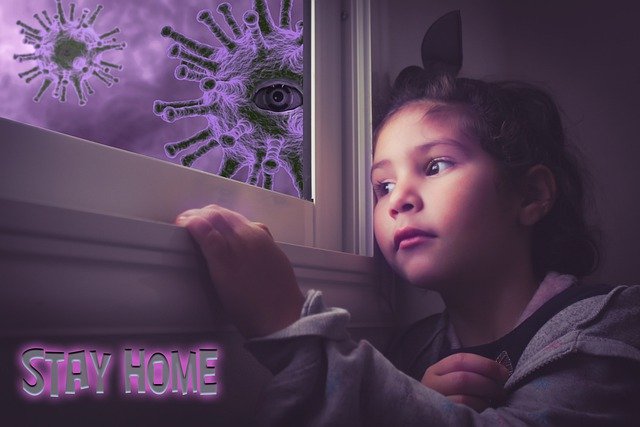As COVID-19 cases in India reaches more than 17000, it has become unclear that why people are getting infected in Hot spot areas and Hospitals of India during lockdown. It may be due to high viral load. If you have a high viral load, you are more likely to infect other people, because you may be shedding more virus particles.
According to website The conversation – (Marta Gaglia and Seema Lakdawala)-we need to understand 2 terms
What is an ‘infectious dose’?
The infectious dose is the amount of virus needed to establish an infection. Depending on the virus, people need to be exposed to as little as 10 virus particles – for example, for influenza viruses – or as many as thousands for other human viruses to get infected.
Scientists do not know how many virus particles of SARS-CoV-2 are needed to trigger infection. COVID-19 is clearly very contagious, but this may be because few particles are needed for infection (the infectious dose is low), or because infected people release a lot of virus in their environment.
What is the ‘viral load’?
The viral load is the amount of a specific virus in a test sample taken from a patient. For COVID-19, that means how many viral genomes are detected in a nasopharyngeal swab from the patient. The viral load reflects how well a virus is replicating in an infected person. A high viral load for SARS-CoV2 detected in a patient swab means a large number of coronavirus particles are present in the patient.
Does high viral load increase ability to pass the virus to others?
In general, the more virus you have in your airways, the more you will release when you exhale or cough, although there is a lot of person-to-person variation. Multiple studies have reported that patients have the highest viral load of the coronavirus at the time they are diagnosed.
This means that patients transmit COVID-19 more effectively at the beginning of their illness, or even before they know they are sick. This is bad news. It means people who look and feel healthy can transmit the virus to others.
Several theories have been proposed. Some researchers believe the amount of virus that infects an individual may have crucial outcomes. Get a huge dose and your outcome may be worse. Others argue that genetic susceptibility may be involved: in other words, that there are individuals whose genetic makeup leaves them more vulnerable to the virus as it spreads through their bodies.
According to a report published in medpagetoday.com, No healthcare workers developed COVID-19 coronavirus infection and there were no hospital-acquired infections at one Hong Kong hospital, with environmental transmission not appearing to be a predominant route of transmission for this virus. Also, no coronavirus was found in air samples taken around the face of one COVID-19 patient with a moderate viral load when the patient was breathing, speaking, or coughing, reported Kwok-Yung Yuen, MD, of the University of Hong Kong, and colleagues.
Nurses, paramedics, other Staff education play a key role, including practical training sessions for using personal protective equipment to prevent the spread of infection.
Source: The conversation, medpagetoday.com, newscientist, theguardian
